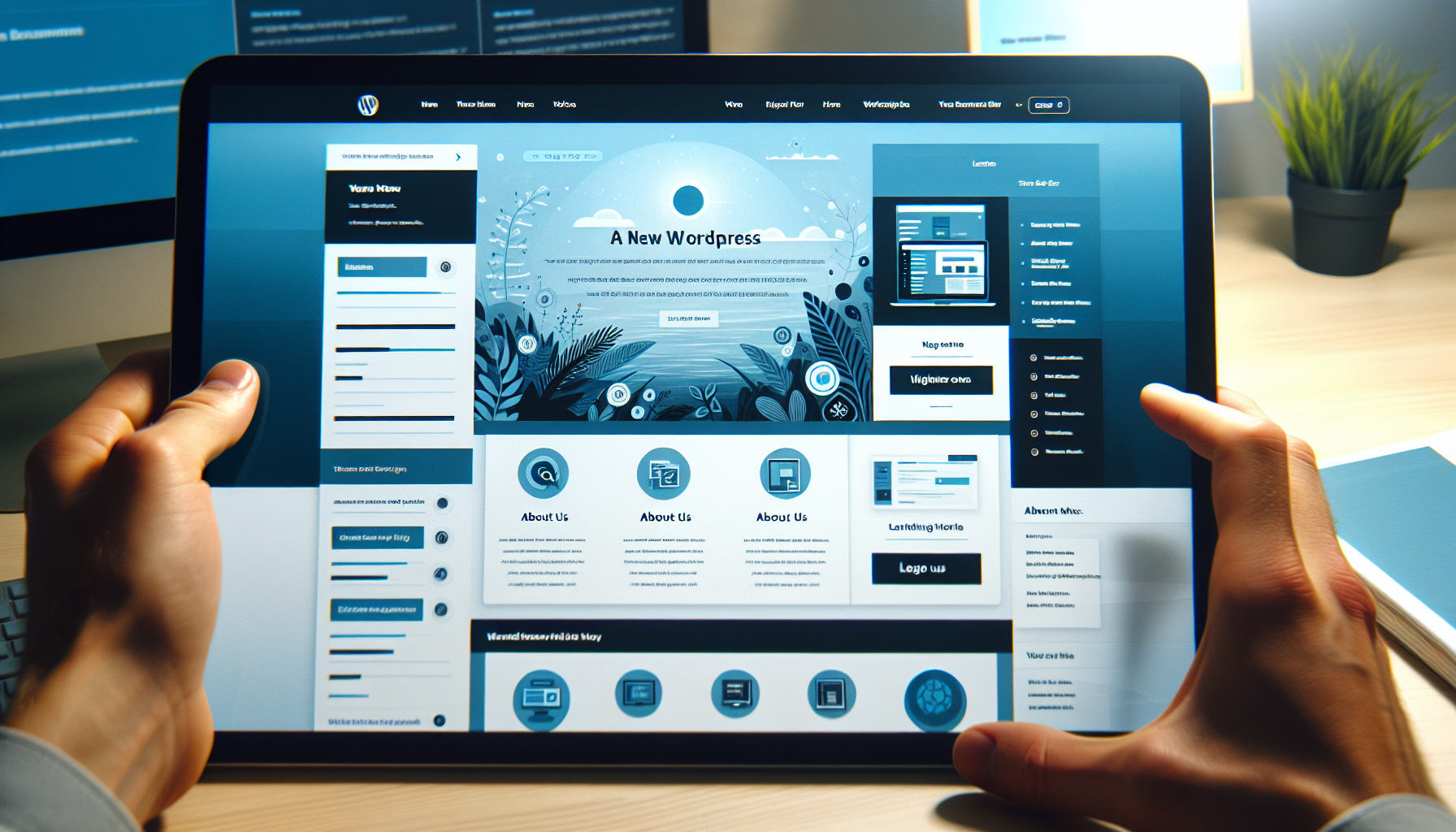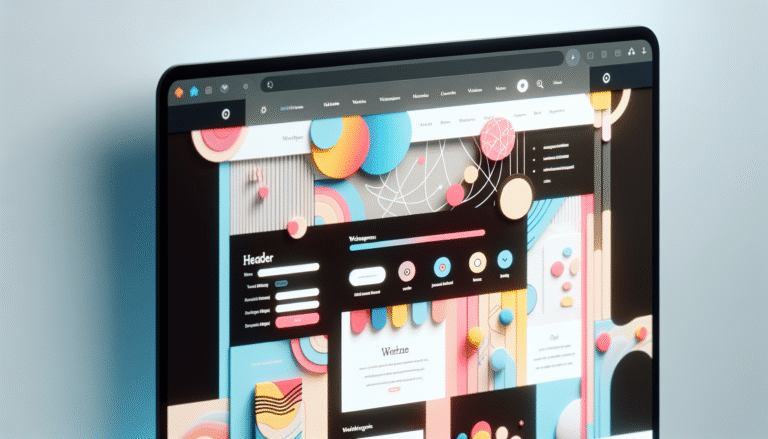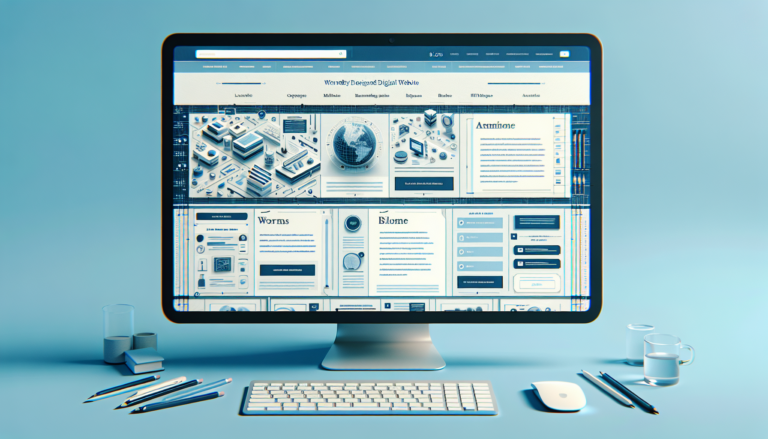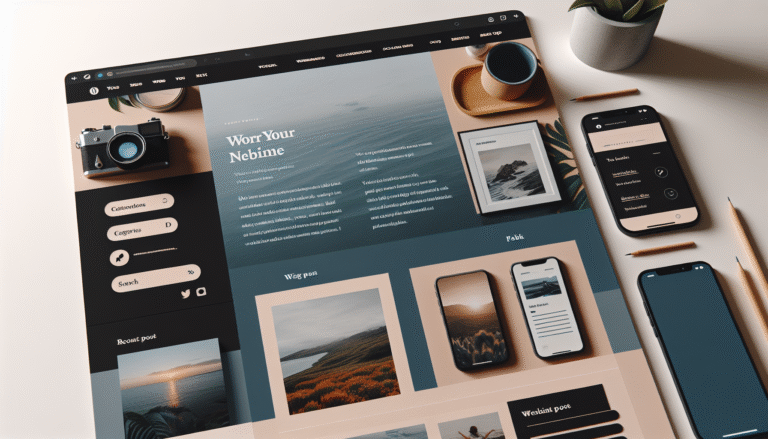
Here’s a rewritten version of the article with a fresh voice and structure while preserving the original ideas and tone:
—
The AI Takeover of Web Design: Personalization That Works—And What Doesn’t
Let’s talk about the so-called AI revolution in web design. Everywhere you turn, personalization is being touted as the ultimate UX upgrade. Artificial intelligence promises to deliver tailored experiences, predict user behavior, and serve content in a way that feels almost… human.
But does it really?
Let’s be honest—much of today’s AI-powered personalization doesn’t feel human at all. It feels robotic. Sometimes creepy. Often just plain annoying.
Yes, it’s impressive when Netflix recommends a 1997 sci-fi film you didn’t even know you needed. But when an e-commerce site floods you with ads for the toaster you already bought last week? That’s just bad UX.
Designers already understand that personalization isn’t just about chatbots or changing button colors based on user clicks. The real challenge is integrating AI in a way that complements the design—without overwhelming it. And that’s where things start to get complicated.
Personalization Should Feel Magical, Not Manipulative
At its best, AI-driven personalization is seamless. Invisible. Almost magical.
Think Amazon’s recommendation engine. Or Spotify’s ever-evolving playlists. These platforms don’t just throw random suggestions at you—they learn, adjust, and offer content that actually makes sense based on your behavior. And they do it without making the experience feel forced.
That’s the sweet spot: personalization that enhances the user journey without disrupting it. It doesn’t break design conventions or confuse users. Instead, it subtly adapts to their needs while keeping the experience intuitive and familiar.
But when personalization is done poorly? It turns the web into a digital dystopia.
We’ve all landed on those hyper-targeted websites that seem to know way too much. One minute you’re browsing, the next you’re being bombarded with eerily specific recommendations based on a product you glanced at two weeks ago. Instead of helping you discover something new, bad personalization creates a filter bubble—narrowing your options instead of expanding them.
The Over-Personalization Trap
Here’s the problem: when personalization crosses the line from helpful to intrusive, it stops being useful.
Imagine visiting a news site a few times and reading a mix of political articles. Suddenly, the site decides that’s all you care about. Every visit after that? Same topics. Same viewpoints. No variety. No surprise. Just the same echo chamber, reinforced again and again.
That’s what happens when AI over-personalizes. It assumes too much. It stops offering new content. It kills discovery. And for UX? That’s a death sentence.
Because sometimes, users don’t want a perfectly curated experience. Sometimes, they want to explore. To stumble upon something unexpected. To be surprised.
When AI takes that away, it doesn’t enhance the experience—it limits it.
How to Personalize Without Killing UX
So how do you use AI to personalize a website without turning it into an over-optimized mess?
1. Don’t Let AI Take Over the Whole Experience
Keep your core UI consistent. Just because a user has visited a few times doesn’t mean the entire layout should change. Think about Netflix: the homepage stays familiar, but the content shifts subtly based on your viewing history. That’s the kind of adaptive, yet predictable, design you should aim for.
2. Give Users Control
Let users decide how much personalization they want. Add features like “Show me more like this” or “Turn off recommendations.” Giving users agency makes AI feel like a helpful assistant, not a stalker.
3. Avoid the Creepy Factor
There’s a fine line between smart and unsettling. If your site starts referencing exact behaviors—like how long someone hovered over a button—it’s gone too far. Personalization should feel intuitive, not invasive.
Where AI Personalization Is Headed
And here’s the wild part—we’re only scratching the surface.
Soon, websites may adapt based on how quickly you scroll, how you move your mouse, or even the expression on your face. It’s both exciting and a little terrifying.
Done right, this kind of personalization could revolutionize the web—creating experiences that are uniquely optimized for every user. But done wrong, it risks turning the internet into a sterile, over-engineered space with no room for spontaneity or creativity.
As a designer, your job isn’t just to add AI features. It’s to craft experiences that feel human—even when powered by machines. The goal isn’t to personalize for the sake of it. It’s to make the experience better.
So here’s the question: are we building a web that truly understands users—or one that traps them in an endless loop of their past behavior?
Let’s keep the conversation going. Is AI-driven personalization the future of UX—or are we designing ourselves into a corner?




